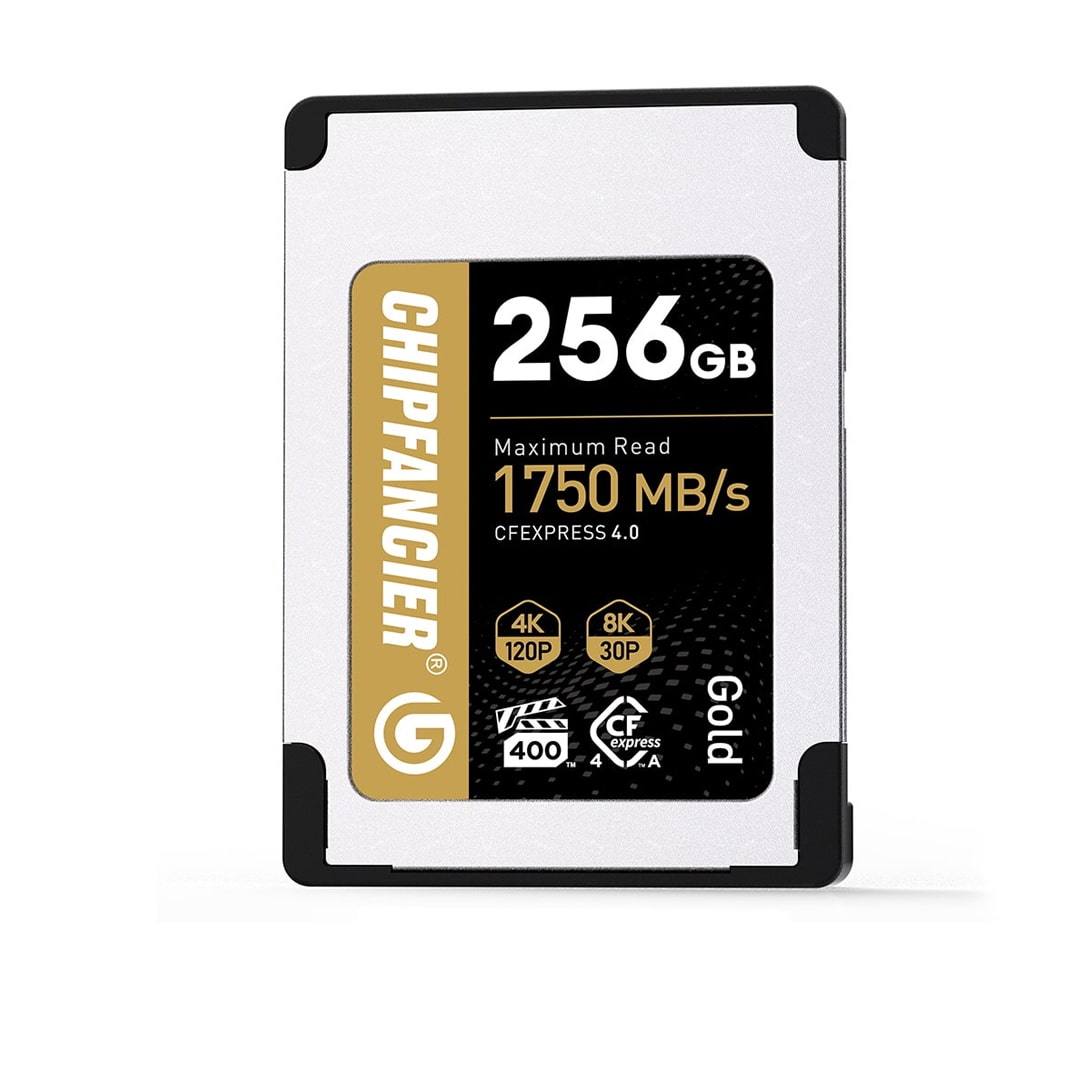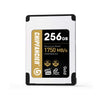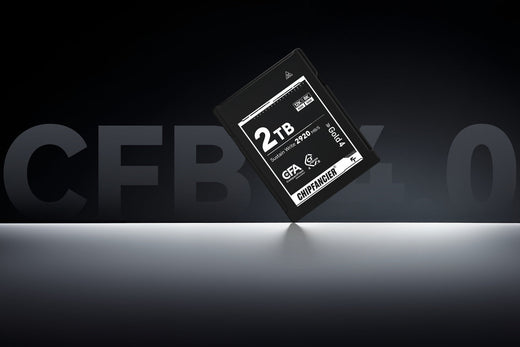Every time you press the shutter on your camera, all the emotions, sensations, and moments around you instantly transform into 1s and 0s. Regardless of the camera you use, these 1s and 0s are typically stored on a storage card. The most common types are SD, microSD, and CFexpress cards. In this guide, we’ll help you understand the different types of digital camera storage cards and find the one that best suits your needs.
1. SD Cards (Secure Digital Cards)
SD cards were first introduced in August 1999 and quickly became the industry standard for digital camera storage. However, the original SD cards had limitations, with a maximum capacity of just 2GB and a write speed of 12.5MB/s, which wasn’t sufficient for faster devices like digital cameras. This led to the development of SDHC and SDXC cards.
- SDHC (Secure Digital High Capacity) Cards: These cards have the same form factor as SD cards but can store up to 32GB of data, with faster write speeds. While they offer more capacity than the original SD cards, they still fall short for professional photographers or videographers. SDHC cards are better suited for capturing regular photos or 1080p video, but they may not handle high-resolution video or continuous RAW photo shooting efficiently.
- SDXC (Secure Digital Extended Capacity) Cards: Like SDHC, SDXC cards maintain the same physical size but offer higher capacities, starting at 64GB and going up to 2TB. These cards are ideal for capturing high bitrate and high frame-rate 4K video and continuous shooting of RAW photos. They are designed to meet the needs of high-performance devices.
2. SDXC V60 and SDXC V90 Cards
Not all SDXC cards are the same. Their read and write speeds vary significantly, which is crucial for video recording and high-speed continuous shooting. The card's speed determines how well it can handle large files, especially in demanding situations like 4K or 8K video recording.
V60 and V90 Video Speed Classes: These markings represent the minimum write speed of the card. For instance, V60 guarantees a minimum write speed of 60MB/s, while V90 guarantees at least 90MB/s. V60 and V90 cards are essential for professional video production, ensuring smooth 4K or even 8K video recording without dropped frames or data errors.
Professional Use: For professional photographers and videographers, SDXC V60 or V90 cards are a must. They allow cameras like the Sony a7S III, Nikon, and Canon to shoot high-quality footage and perform continuous shooting without data loss or performance issues.
3. MicroSD, MicroSDHC, and MicroSDXC Cards
MicroSD cards are smaller versions of SD cards, commonly used in action cameras, drones, and other portable devices. While they are physically smaller and lack a write protection switch, microSD cards share similar performance characteristics with their full-sized counterparts. Micro SDXC cards can store up to 1TB of data, offering ample space for high-resolution video and large file storage.
Appropriate Speed Classes: While action cameras and drones generally don’t require V90 cards, a micro SDXC V60 card should be sufficient for most use cases. These cards offer fast enough speeds to support 4K video recording and other intensive tasks.
Forward-Looking Choice: If you’re a professional photographer or videographer, it’s advisable to opt for a micro SDXC V60 card. These cards are suitable for both action cameras and mirrorless/DSLR cameras (with an adapter) and can handle the demanding data rates of high-quality video recordings.
4. CFexpress Type A and Type B Cards
CFexpress is currently the fastest type of memory card available, which is why older formats like XQD and CFast are gradually being phased out. CFexpress cards are quickly becoming the standard for high-performance DSLR, mirrorless, and cinema-grade cameras.
Read/Write Speed: CFexpress cards utilize the PCIe interface and NVMe protocol, enabling incredibly fast read and write speeds compared to SD cards. For instance, CFexpress Type A cards can sustain write speeds of up to 700MB/s, while Type B cards can achieve write speeds of up to 1.5GB/s.
Compatibility: CFexpress Type A and Type B cards come in different sizes, with Type A being closer in size to an SD card and Type B resembling the XQD card in size. Type A cards are compatible with certain mirrorless cameras, while Type B cards work with cameras designed for XQD cards. Many camera manufacturers, including Nikon, have released firmware updates to support CFexpress Type B cards in cameras that originally supported XQD.
5. Choosing the Right Storage Card for Your Needs
When selecting a storage card, it’s important to match your card choice to your shooting needs, ensuring that your camera can perform at its best without data issues. Here are some recommendations based on different use cases:
Casual Shooting: If you’re just shooting photos or recording 1080p video, an SDHC or microSDXC card with a moderate storage capacity will suffice. These cards offer an affordable price and sufficient speed for everyday use.
4K Video and Continuous Shooting: For 4K video or high-speed continuous shooting, opt for an SDXC V60 or V90 card. These cards provide faster write speeds and are capable of handling demanding video workflows.
Professional Photography and 8K Video: If you’re working with 8K video or require extremely fast data transfer for continuous shooting, CFexpress Type B cards are your best choice. These cards offer unparalleled performance for high-end cameras, enabling smooth, high-resolution video and rapid data handling.
6. Storage Card Maintenance and Tips
To maximize the lifespan and performance of your storage cards, follow these maintenance tips:
- Regularly back up your data to avoid loss of important files.
- Avoid removing the card from your camera too frequently, as this can cause wear and tear.
- Keep your storage cards clean and free from dust or moisture to ensure they perform at their best.


















Leave a comment
This site is protected by hCaptcha and the hCaptcha Privacy Policy and Terms of Service apply.